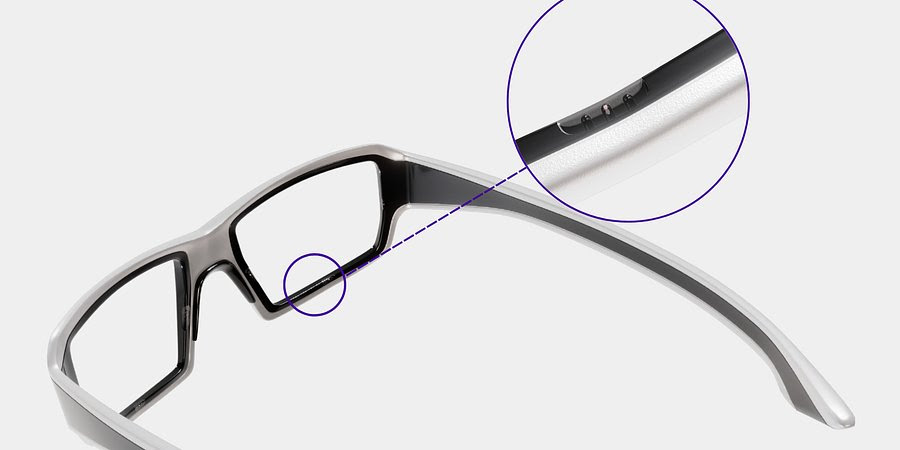Product of the Day
AR eye-tracking
without cameras
Power-consuming cameras are no longer necessary for eye-tracking in AR devices, Inseye showed at the AWE 2023 conference in Santa Clara last week.
Power-consuming cameras are no longer necessary for eye-tracking in AR devices. At the Augmented World Expo (AWE) 2023 show in Santa Clara, California, last week, Inseye presented an alternative based on tiny photosensors that combine ultra-low power, small size, and low cost.
Inseye has developed a solution based on photosensors and AI software to overcome the challenges of using cameras for eye-tracking. As a result, the team has integrated a technology that employs low-cost, highly efficient components that function in all lighting conditions.
“In our approach, emitters project infrared light onto the eye surface, and the photosensors capture the intensity of the reflected rays”. Says Piotr Krukowski, CTO at Inseye.
“Variations in intensity, caused by the eye’s movements, are used to deduce the direction and position of the gaze.”
Inseye’s technology features ultra-low power consumption, a compact design, and signal processing with no latency. It can even predict eye movements utilising deep neural network software with pre-trained population models. Devices using Inseye technology can weigh less than 40 grams and operate all day without recharging, as the solution only needs 5 mW of power.
Furthermore, the solution fits into a sleek, modern eyewear design. Photosensors can be covered with IR-transparent material to make them virtually invisible and perfectly embedded into frames. Inseye technologies will be presented at the AWE show in Santa Clara (Booth No. 833), 31 May – 2 June 2023.
Eye-tracking May Change the Future of AR
According to the Inseye team, eye-tracking based on photosensors could become the standard in modern AR devices. It has many use cases, as it allows users to interact with AR interfaces using only their gaze, enabling hands-free control.
Among other things, Inseye focuses on text auto-scrolling, unfolding mobile messages and notifications, controlling AI chats using eyesight, and supporting information displayed on sports or military glasses.
Ultra-sensitive eye trackers are also perfect for diagnostics, therapeutics, assistive technologies, and cognitive load assessment.
“Eye-tracking not only provides an amazing user experience but also creates impressive business opportunities.”
“One of the key value propositions of our technology is the bill of materials cost, which is several times lower than in camera-based solutions.
“This makes it more affordable and suitable for mainstream AR adoption. We are open to collaborations that will help us achieve this goal.” says Maciej Szurek, CEO at Inseye



















